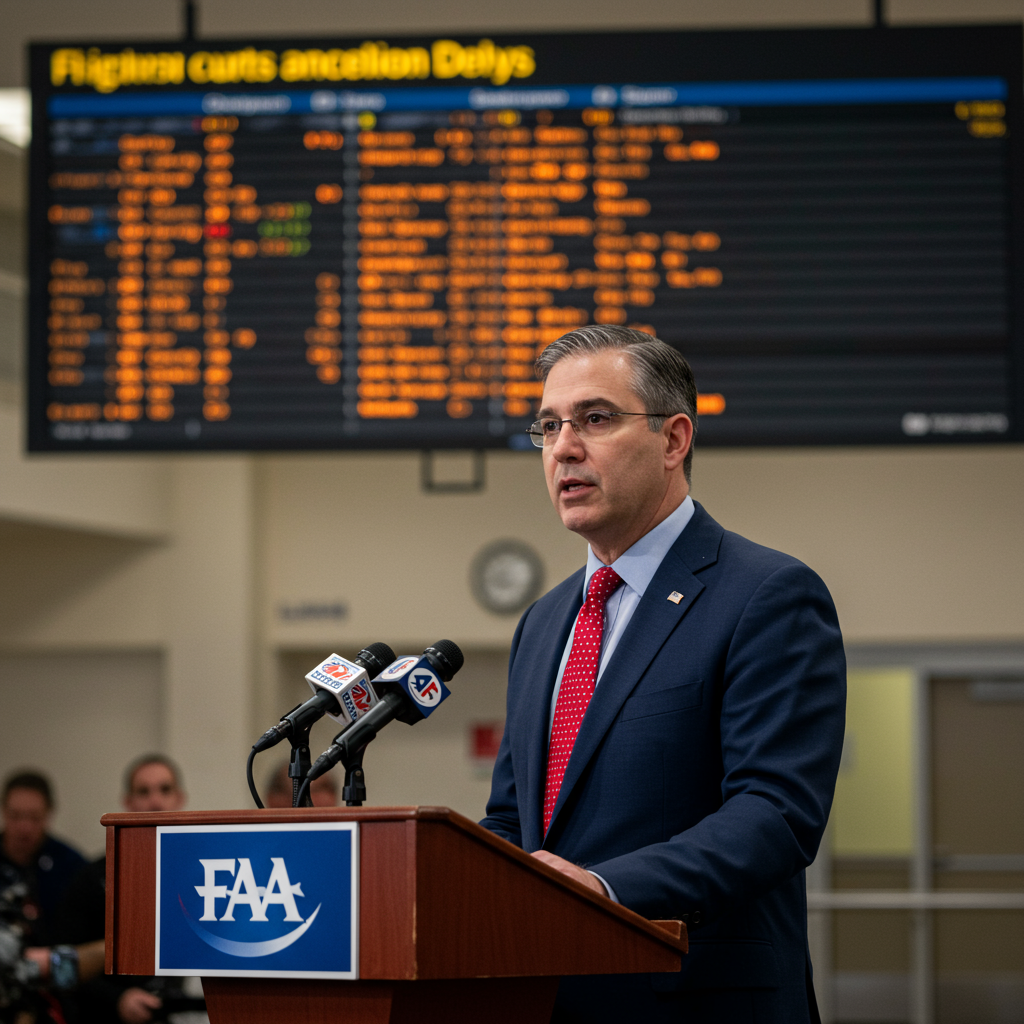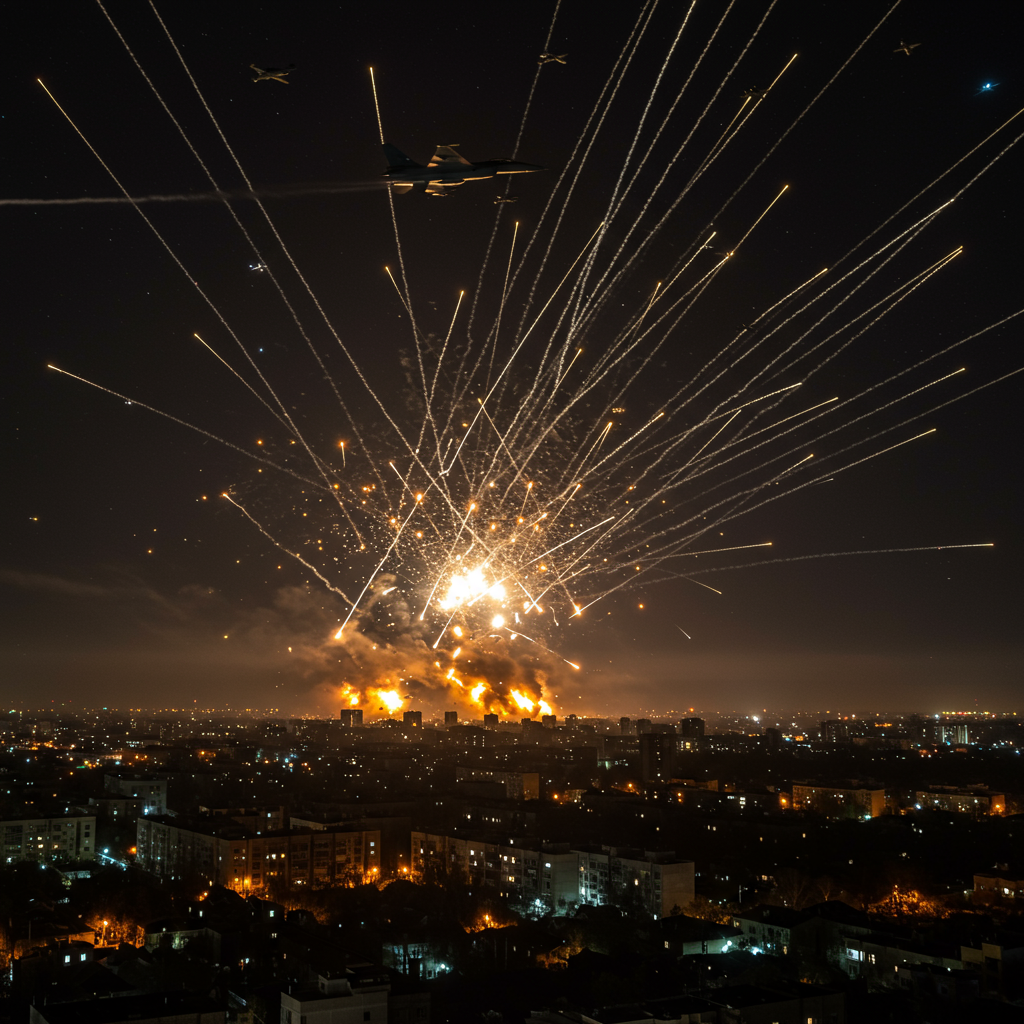Recent massive US airstrikes on Iran’s nuclear facilities have sparked a heated debate, as early intelligence assessments reportedly conflict sharply with official White House claims of “obliteration.” While the Pentagon hailed the operation as a success, a preliminary US intelligence report suggests the strikes may have set back Iran’s nuclear program by only a few months, not destroyed its core components entirely.
This internal disagreement stems from a classified assessment produced by the Defense Intelligence Agency (DIA), the Pentagon’s intelligence arm, based on initial battle damage analysis. Seven individuals briefed on the report described its findings, which contradict President Donald Trump’s repeated assertions that Iran’s nuclear enrichment facilities were “completely and totally obliterated.”
The Early Intelligence Assessment: A Temporary Setback?
According to sources familiar with the DIA assessment, the US strikes on three key Iranian nuclear sites—Fordow, Natanz, and Isfahan—did significant damage, particularly to above-ground structures and power infrastructure. However, the critical underground facilities and much of the equipment needed for enrichment may have survived largely intact.
Key points from the early DIA report include:
The strikes likely set back Iran’s program by only a few months, possibly in the range of three to six months.
Iran’s stockpile of enriched uranium was likely not destroyed; some intelligence suggests it was moved out of the sites before the strikes.
Many centrifuges, crucial for enriching uranium, were assessed to be largely intact.
While entrances to underground facilities were damaged or sealed off, the deeper parts of the complexes may have remained operational or repairable.
It’s important to note that the DIA assessment included disclaimers, characterizing it as preliminary and having “low confidence.” This was attributed by some officials to the difficulty of assessing underground damage shortly after a strike. The analysis was ongoing, with a full battle damage assessment expected to take days or weeks.
Administration Leaders Strongly Dispute Findings
The White House and senior administration officials fiercely rejected the leaked DIA assessment and the media reports covering it.
President Trump maintained his belief that the nuclear sites were “completely destroyed” or “severely damaged,” calling the strikes “one of the most successful military strikes in history.” He later acknowledged the initial intelligence was “very inconclusive” but suggested Israel’s assessment would confirm “total obliteration.”
Defense Secretary Pete Hegseth asserted that the bombing campaign “obliterated Iran’s ability to create nuclear weapons,” dismissing the leaked report as “preliminary,” “low confidence,” and politically motivated.
White House Press Secretary Karoline Leavitt called the assessment “flat-out wrong” and attributed the leak to a “low-level loser,” stating that the perfect dropping of massive bombs results in “total obliteration.”
Other intelligence officials presented conflicting views. Director of National Intelligence Tulsi Gabbard and CIA Director John Ratcliffe reportedly claimed other credible intelligence indicated Iran’s program was “severely damaged” and key sites “destroyed,” requiring years to rebuild.
Vice President JD Vance argued that even if enriched uranium survived, the strikes achieved “mission success” by halting Iran’s ability to enrich it further to weapons grade, justifying the term “obliteration.”
An FBI investigation into the leak of the top-secret DIA report was reportedly underway.
Conflicting Views on the Ground and Among Experts
Assessments from other sources also present a mixed picture:
Israel: Having conducted prior strikes, Israeli officials offered varying perspectives. Some suggested the combined US and Israeli actions set back Iran’s program by two years, while the Israeli Atomic Energy Commission assessed the US strike specifically rendered the underground Fordow site “inoperable” and set back the program by “many years.”
IAEA: Rafael Mariano Grossi, head of the UN nuclear watchdog, confirmed entrances were hit and acknowledged a significant setback, but stated the agency could not fully assess underground damage. Crucially, he noted uncertainty about the whereabouts of any potentially moved enriched uranium and called for resumed inspection activity.
Iran: Iranian officials claimed targeted sites had been evacuated and materials moved beforehand. They asserted their nuclear infrastructure remained intact and threatened to block IAEA inspectors, warning the West would face “ambiguity” about their program.
- Experts: Independent experts who analyzed satellite imagery and public information expressed skepticism that the strikes had ended Iran’s program. They highlighted that key underground elements might not have been hit and raised concerns that if enriched uranium and centrifuges survived, Iran could reconstitute a covert program relatively quickly, though likely facing challenges in building a functional weapon.
- apnews.com
- www.npr.org
- www.bbc.com
- abcnews.go.com
- www.nbcnews.com
The discrepancy between the early DIA assessment and official claims led to the cancellation and rescheduling of classified congressional briefings on the operation, sparking criticism from lawmakers.
Ultimately, the true extent of the damage and the duration of the setback to Iran’s nuclear program remain subject to conflicting reports and ongoing assessment. While the strikes caused significant destruction to visible infrastructure, early intelligence suggests the core components and materials necessary for a nuclear program may not have been entirely eliminated, leaving open questions about Iran’s future capabilities and intentions.




